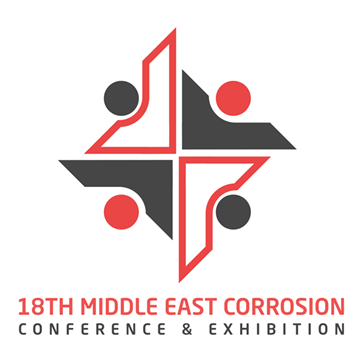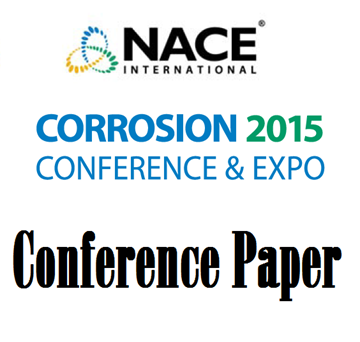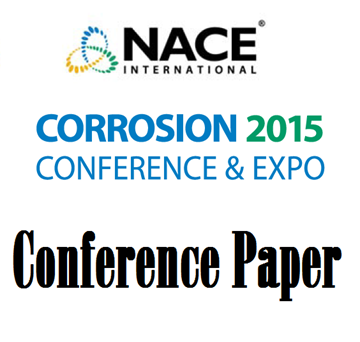Search
Products tagged with 'seawater'
View as
Sort by
Display
per page
NACE SP0499-2012 "Corrosion Control and Monitoring in Seawater Injection Systems"
Product Number:
21237-SG
Publication Date:
2012
$179.00
New Super-Austenitic Grade Alloy 35Mo (UNS N08935) with Excellent Corrosion Properties for Refinery and Petrochemical Industry
Product Number:
MECC23-20125-SG
Publication Date:
2023
$20.00
Novel Anti-Fouling Surface Treatments For Heat Exchangers
Product Number:
51321-16734-SG
Publication Date:
2021
$20.00
Novel Thin-Sol-Gel Coatings for Biofouling Prevention and Easy Removal
Product Number:
51323-19037-SG
Publication Date:
2023
$20.00
Optimization of Corrosion Inhibitor Application Using Modular Automated Corrosion Control Centers
Product Number:
41206-278-SG
Publication Date:
2006
$20.00
RP0176-1983, Corrosion Control of Steel, Fixed Offshore Platforms Associated with Petroleum Production
Product Number:
53036-HD1983
Publication Date:
1983
$179.00
RP0176-HD1994-SG Corrosion Control of Steel Fixed Offshore Platforms Associated with Petroleum Production-HD1994
Product Number:
21018-HD1994
Publication Date:
1994
$179.00
Susceptibility to Hydrogen Induced Stress Cracking of Alloy 718 and Alloy 725 Under Cathodic Polarization
Product Number:
51315-5597-SG
ISBN:
5597 2015 CP
Publication Date:
2015
$20.00
The Cavitation Corrosion Behaviour of a Cobalt-Based Alloy in Seawater
Product Number:
51324-21122-SG
Publication Date:
2024
$40.00
The Selection of Stainless Steels for Seawater Pumps
Product Number:
51315-5446-SG
ISBN:
5446 2015 CP
Publication Date:
2015
$20.00
TM0112-2018-SG, Test to Determine the Potential Corrosion Effects of Ballast Water Treatment Systems on Ballast Tanks Coating and Other Materials
Product Number:
21258-SG
ISBN:
1-57590-254-0
Publication Date:
2018
$109.00
TM0112-HD2012-SG, Test to Determine the Potential Corrosion Effects of Ballast Water Treatment Systems on Ballast Tanks
Product Number:
21258-HD2012
ISBN:
1-57590-254-0
Publication Date:
2012
$179.00












